Could Kansas City shutter downtown airport to make room for high-rise development?
It’s something Kansas City Manager Brian Platt has been saying privately for nearly two years, and now he’s acknowledging it on the record: He would push to close Charles B. Wheeler Downtown Airport if it continues to be hard for developers to construct high-rise apartment buildings in the airport’s flight paths over River Market and downtown.
That would be an unpopular move among the top Kansas City businesses that use the airport — busier, actually, than Kansas City International Airport — or the celebrities and well-heeled Chiefs fans who find its close-in location convenient on game days. And it would be hard to pull off, something the ambitious young city manager said that he recognizes.
“We haven’t run the numbers at a high level, but if it’s going to be a problem, if it’s going to be an ongoing, long concern and challenge for us with development in Kansas City, it’s something we’re going to explore,” he told The Star.
Fans of the downtown airport, like its former longtime manager, Michael Roper, hope Platt won’t consider it seriously, calling Wheeler “an absolute jewel in the aviation system.”
A decision on whether to look at a potential closure could depend on how the Federal Aviation Administration responds to the city’s request for what Platt calls a “global solution” — his proposal that would clear the way for high-rise construction in broad areas near downtown.
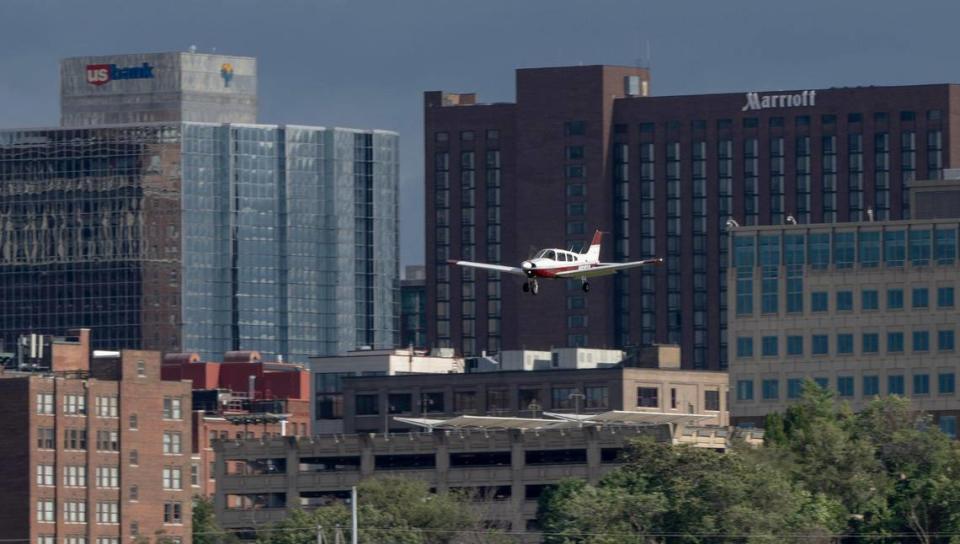
Rather than depend on the FAA’s current process of determining whether each individual proposed skyscraper encroaches on Wheeler’s airspace, Platt and real estate developers want the agency to give developers assurances that all buildings in a certain area — say the River Market or West Bottoms — would likely be approved as long as they stay below a ceiling set by the FAA. That kind of change would take away the uncertainty that slows down development, Platt says.
The city even submitted a list of suggested heights. But the global approach Platt desires, according to one top FAA official speaking on background, “it’s just not possible.”
Too many factors go into determining whether a building will be a threat to air navigation, multiple experts told The Star. The topography and proximity to the airport are two of the bigger ones.
But the FAA’s response to the city’s proposal, which arrived at City Hall Thursday morning, appeared at first glance to provide developers more guidance than they’ve had in the past, said Platt assistant Morgan Holecek.
She planned to spend the rest of that day studying the more than 100-page report to see how helpful it might be.
As Platt told The Star earlier in the week: “Fingers crossed.”
Move to KCI?
The city’s been fighting — Platt’s word — with the FAA for more than two years over airspace safety restrictions that have stalled the construction of several high-rise apartment buildings. All would further Platt’s desire to boost population density in and around downtown.
“We’ve got so many projects moving forward that add new jobs, add new housing, affordable housing, more entertainment, and retail options, and everything that makes a city function and flourish and thrive,” Platt said. “And we’re getting hung up because of FAA rules, restrictions about building heights. And it’s just been a big challenge for us.”
His brash message to developers: Think big, and push back when you believe the FAA is being unreasonable. Know that the city will have your back.

His approach has not been well received by FAA officials, and some city officials thought he often promised developers more than he could realistically deliver.
“He had a tendency to overstate his authority in compelling the FAA to make changes, and to sugarcoat the situation to developers that were being impacted by the height restrictions,” one former top city official said on the condition that they not be identified so they could speak frankly.
Charged with preventing encroachment on navigable airspace, the FAA has determined that some of those buildings Platt wants constructed are 50 feet higher than allowed. Some even higher. The agency told the developers of a proposed 40-story building at 16th Street and Broadway Boulevard that they’d need to lop off 12 stories, Platt says, to comply with safety rules, which he finds ridiculous.
FAA officials base their decisions in part on the possibility that planes could crash into those buildings, if an aircraft lost power on its way to or from Wheeler. The airport has no regular commercial flights but had more takeoffs and landings last year than KCI due to a thriving general aviation sector nationwide: 114,000 compared to KCI’s 103,000.
Platt thinks the agency’s rulings on building heights have been overly cautious considering that some buildings already in Wheeler’s flight paths are taller than the high-rises being proposed.
He has made no secret of his frustration with the FAA when speaking at public meetings and giving press interviews about his efforts to get the agency to make it easier to get projects approved. But last week’s phone call with The Star was his first public comment on what Platt believes would make the whole FAA approval matter go away: Shutting down Wheeler, which was Kansas City’s main commercial airport until 1972, when KCI opened.
Platt would move all those corporate jets, charter service and other general aviation operations to KCI, which has a new terminal and room for expansion.
“We’ve got plenty of space up there for additional plane storage for any of the operations that are at Wheeler,” he said.
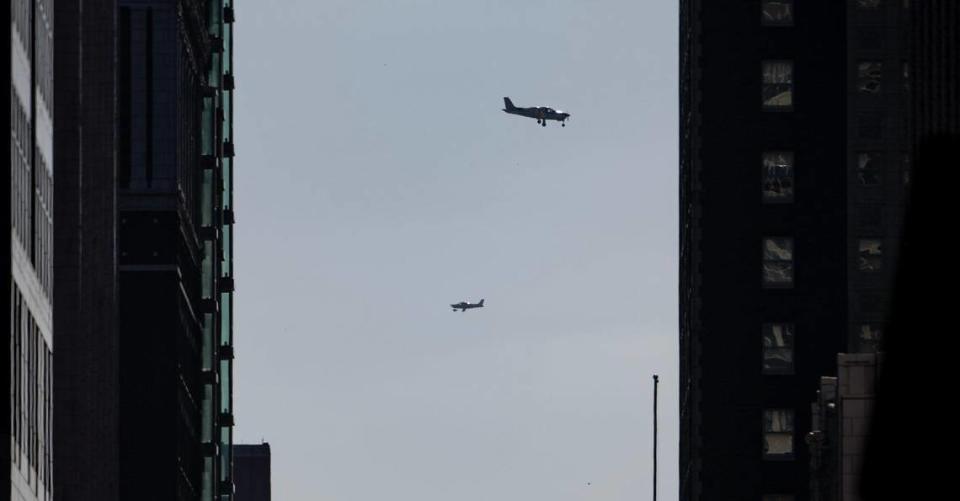
Multiple sources on the receiving end of his private comments say Platt’s focus on closing Wheeler is not fleeting. He has brought up the possibility with high-ranking city officials, attorneys for area developers and the FAA.
In May, Platt underscored that in an email to three high-ranking officials at the FAA’s headquarters in Washington, D.C. In it, he complained that the agency has not resolved the airspace issue despite more than two years of discussions that resulted in just one high-rise getting the FAA’s thumbs up. Meanwhile three others await clearance to build, and others have been proposed.
“We’ve been told it would all be resolved on multiple occasions but with no actual movement at all on any of it,” Platt wrote. “We are looking for assistance and guidance and someone to help us avoid the choice between growing our city and closing the downtown airport.”
That Platt would consider closing the airport has some questioning his understanding of how important it is to local commerce and the greater community. It’s where many of the city’s top corporations base their jets. The Royals, other professional sports teams, and music superstars like Garth Brooks arrive and depart on charter flights and private planes for gigs at the downtown arena. Helicopters ferry patients from medical flights that land at Wheeler to hospitals in town.
“It’s one of the last downtown airports left,” Roper said. “It’s a very busy airport.”
Others see Platt’s suggestion that the city might close the downtown airport as bluster. Doing so might obligate the city to reimburse the federal government for some of the $83 million in grants it has received for work at Wheeler since 2003.
“That’s not going to happen,” said a top FAA official of closing the airport. He agreed to speak frankly on the condition that his name not be used. “Grant assurances will prevent them from doing that.”
Platt certainly couldn’t do it on his own. He knows that. Despite being responsible for running city government day to day, he remains a hired hand who derives his power from the mayor and City Council. Were he to make a firm proposal to close the airport, the political pressure put on them by the business community would be enormous, Roper and others say.
“That is maybe not something we’d ever get to,” Platt acknowledged. “To be honest, it takes a lot to close an airport.”
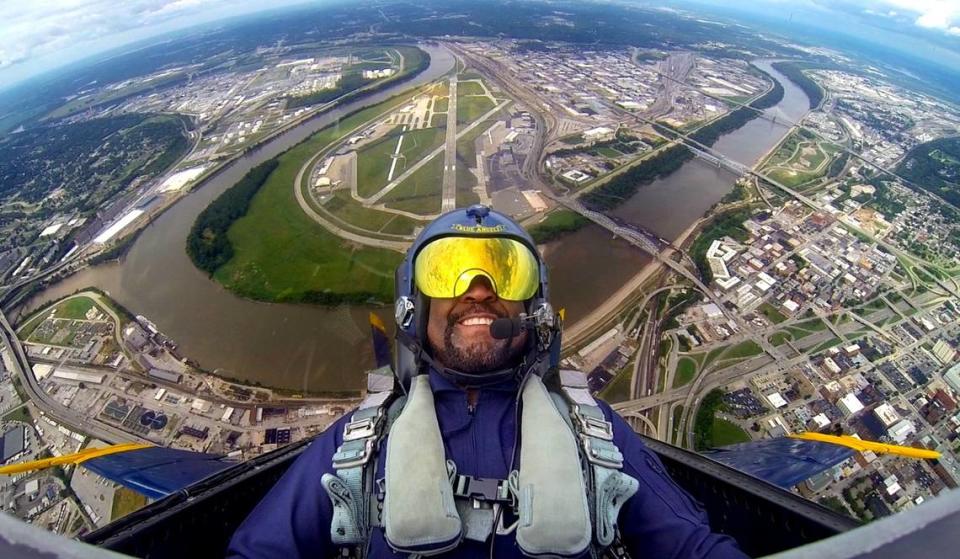
Chicago Mayor Richard M. Daley got it done 20 years ago when, on his own authority, he turned bulldozers loose on that city’s downtown general aviation airport. He did it in the middle of the night before anyone could thwart his plan.
Daley had long wanted Meigs Field erased from the city’s lakefront because he thought it was a safety hazard due to its proximity to the city’s soaring skyscrapers, and because he wanted to turn it into parkland.
By morning, the dozers had rendered unusable the single runway at Meigs by gouging deep X’s into the pavement, stranding a number of private planes for days. About the only thing the FAA could do about it was fine the city $33,000, the maximum allowable at the time, for not complying with a law requiring a 30-day notice of an airport closure.
“He ruined Meigs because he wanted to, because he could,” is how Chicago Tribune columnist John Kass summed it up several years later.
‘Presumed to be a hazard until proven otherwise’
The FAA considers the nation’s navigable airspace to be “a limited national resource” that must be protected from encroachment so that aircraft can take off and land safely.
So around each airport, the FAA outlines three-dimensional “imaginary surfaces” on a map, showing the airspace through which planes are likely to fly as they take off and land at the airport.
Any structure that penetrates that airspace is deemed to be an obstruction to air navigation. That includes wind turbines, construction cranes, skyscrapers, cellphone towers and even flag poles.

Anyone who plans to install or build something close to an airport that is 200 feet tall or more must notify the FAA at least 45 days ahead of time so the agency’s Obstruction Evaluation Group can investigate and issue its findings. The remedies can range from making your proposed building shorter, topping it with warning lights or not building it all.
“The FAA’s philosophy in evaluating objects that may impact navigable airspace is that each is presumed to be a hazard until proven otherwise,” according to the Aircraft Owners and Pilots Association, a nonprofit group dedicated to general aviation.
The FAA doesn’t have the direct power to keep someone from obstructing the airspace. It does so indirectly through local governments. A favorable determination from the FAA is often required to get a project approved. And there’s every reason for cities and counties to intervene if the FAA has concerns because the federal government may cut off funding or support of an airport due to unsafe conditions.
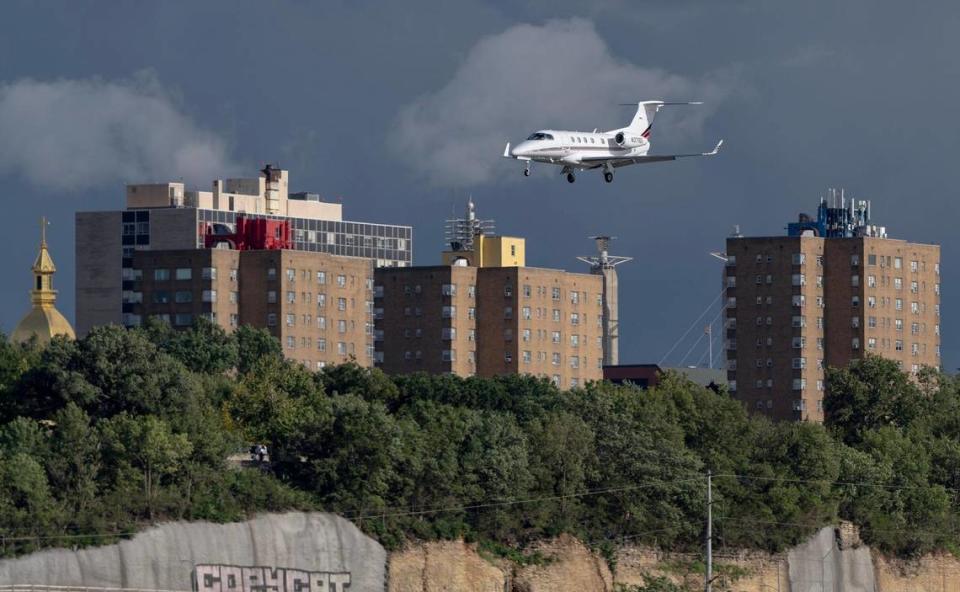
‘Disappointed after 2 years’
Concern over Wheeler airspace only became an issue a couple of years ago, when developers saw the potential to build tall apartment buildings on the many vacant lots and surface parking lots in the River Market area. The area had become more desirable with the arrival of the KC Streetcar.
In March of 2021, a Northland developer announced plans for an 11-story apartment building with a garage at Third and Oak streets. That same month, the Port Authority of Kansas City selected an out-of-state firm to build the 13-story City Harvest apartments on a city-owned parking lot next to the City Market at Fifth and Main streets.
The FAA determined both were too tall. The Third and Oak project hasn’t been heard from since, while the City Harvest apartment led to the fight that Platt continues to wage with the threat of closing the downtown airport as his worst-case solution.
“The initial height limit concerns regarding City Harvest was a surprise when it was first flagged,” Port KC president Jon Stephens recalled in a set of written responses to The Star’s questions. “My recollection is that City Harvest was the first project to be made aware of this issue.”
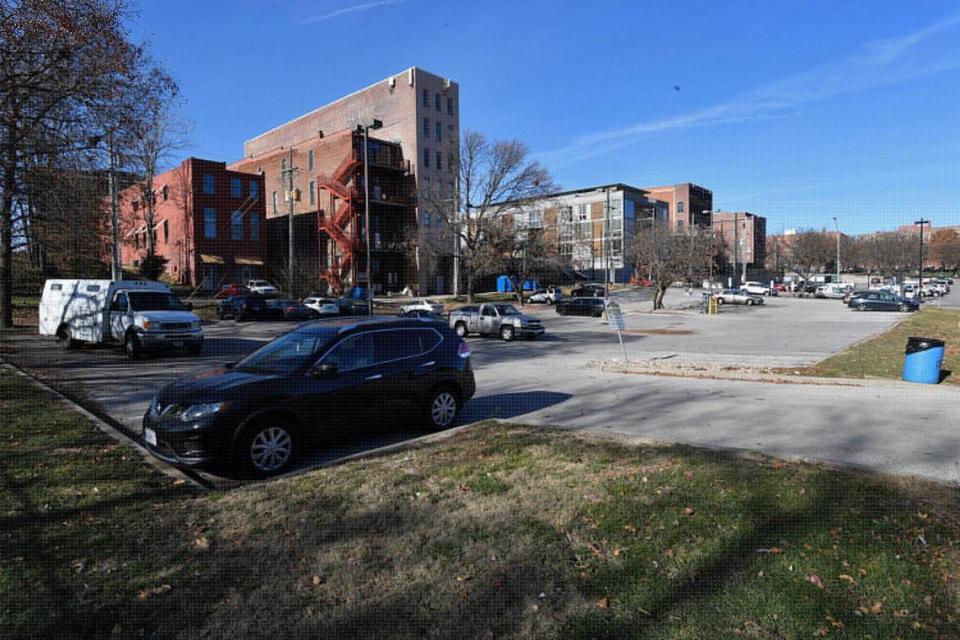
Port KC was at the center of it as a lead partner. Nearly two years after the project was proposed, the FAA finally reversed itself and last spring gave City Harvest the go-ahead. Crucial to that decision was the city’s lobbying and a meeting last August in the FAA’s downtown Kansas City conference room. An attorney for the building’s developers pointed out that some structures in the River Market were taller than the City Harvest building would be.
One glaring example, he pointed out, were the smoke stacks at Vicinity Energy power plant, only a few blocks from where City Harvest will be built. They are 229 feet tall, compared to the 131 feet that City Harvest was going to be. Granted, the City Harvest site is on higher ground, but even then the smoke stacks reach farther into Wheeler’s surrounding airspace.
The main difference: They were there before the airport opened in 1927, which turned out to be the argument that got the FAA to take another look.
Platt had hoped the success with City Harvest would make it easier for other River Market projects to get approved. But when word came that only that one project had the FAA’s blessing, Platt was discouraged.
“This is for only one project and not the many others in the queue and is unfortunately nowhere near a global solution,” he wrote in a March 24 email to assistant city manager Melissa Kozakewicz, now-retired aviation director Pat Klein and the city’s lobbyist, Matt Roney.
“Disappointed that after 2 years we are still at this point.”
‘Holding us back’
The city recently submitted to the FAA a color-coded map suggesting ceilings for the height of new buildings near Wheeler airport. For instance, the city suggested 200 feet along the riverfront, 300 feet in the River Market and 700 feet in the downtown loop, where the tallest building now is One Kansas City Place at 654 feet.
Developer Taylor McKee wishes Platt and the city luck in that effort, but is not banking on it, as he and partner George Birt wait to hear whether the FAA will allow them to build the 10- to 11-story apartment building they have planned for 303 Broadway Blvd.
“The FAA locally have been great to work with,” he said. “We’re just going to trust the process.”
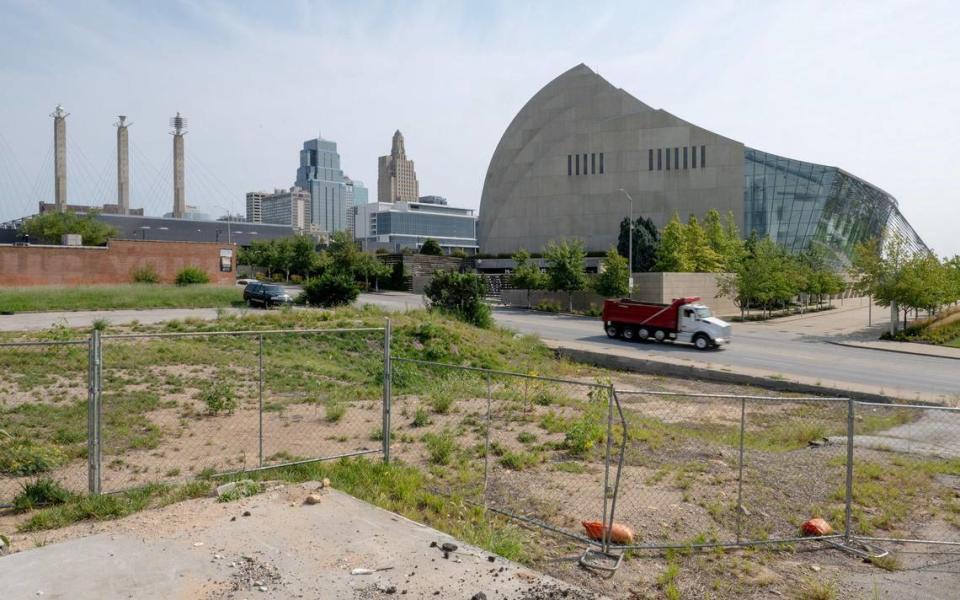
Michael Heitmann is a partner in another project, a proposed five-story boutique hotel at 413 Delaware St. with two condos on the top two floors.
“It’s holding us back,” he said of that same FAA process. “We’re looking at options now to lower the height because of that.”
Which he thinks is unfair and “silly,” given that other buildings in the neighborhood are taller, or will be, when they are finished. His would be only 10 feet taller than one next to it.
“What’s funny is that we’re shorter than a building one block away . . . and we’re also shorter than the City Harvest building behind us that’s already been approved.”
Stephens at Port KC is hopeful that Platt and the city are successful in their efforts to convince the FAA to make it easier for development around the airport.
“By clarifying and modernizing the height limitations across the greater downtown we will have certainty for all future projects, and that certainty is valuable as we look to continue the growth of downtown KC for all,” he said in his written responses.
But what he, Platt and the development committee will not be able to escape is the FAA’s exacting bureaucratic process. The Star asked the agency to comment on how it had approached the city’s request for a feasibility study to possibly set new rules for building heights.
The agency replied with a written response explaining that their study was “based on broad, estimated, or general information about potential constructions or alterations” in the River Market and downtown. While the results of the study might give developers a little better idea on how high they could building, there were no guarantees.
The bureaucratic process will live on as long as the downtown airport remains in business because, as the FAA said, “each determination of a hazardous situation is unique.”
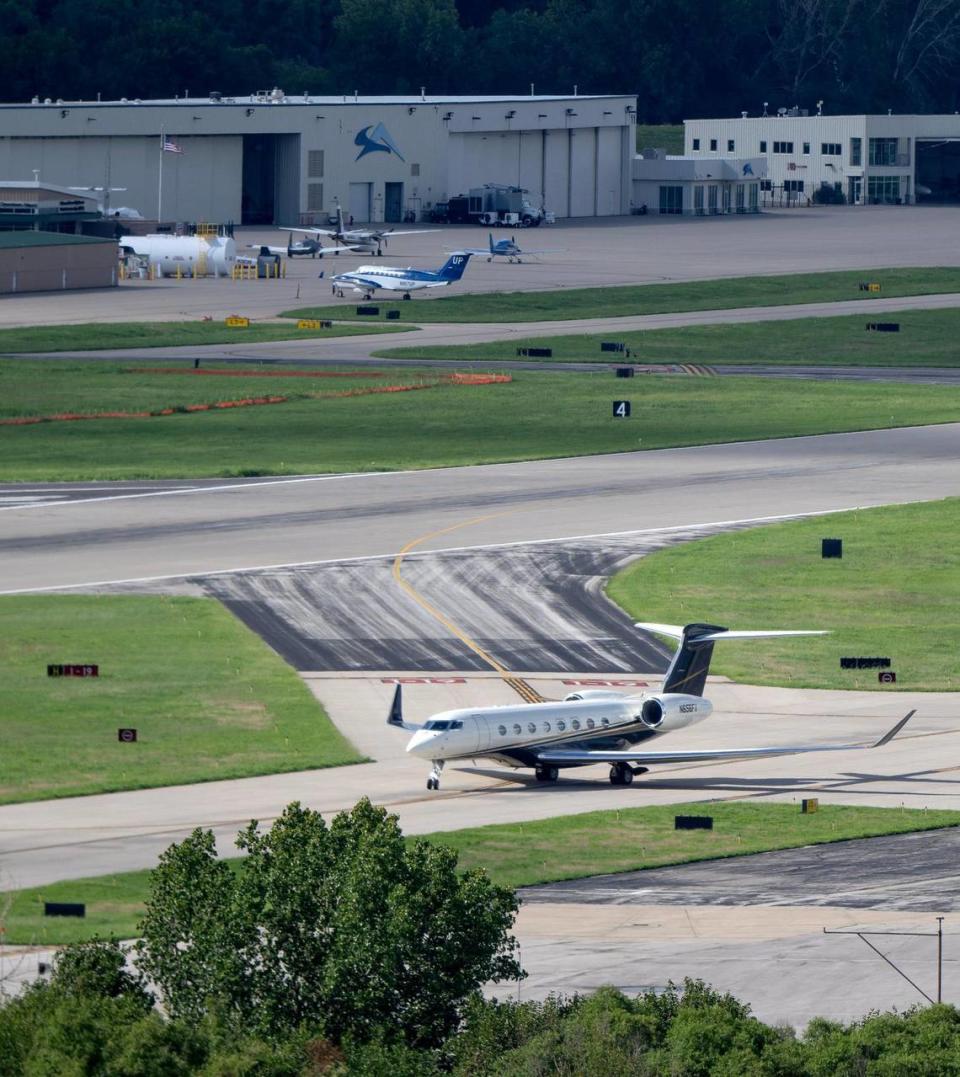
Which means attorney James E. Cooling and his aviation law firm will have no trouble finding clients, such as the developers of the City Harvest building.
He said working with the FAA on developments is “sometimes a long technical process.”
But it’s worth the time and effort, he believes, because losing Wheeler would be a shame.
“The airport is an extremely valuable economic engine for KC,” he said.

